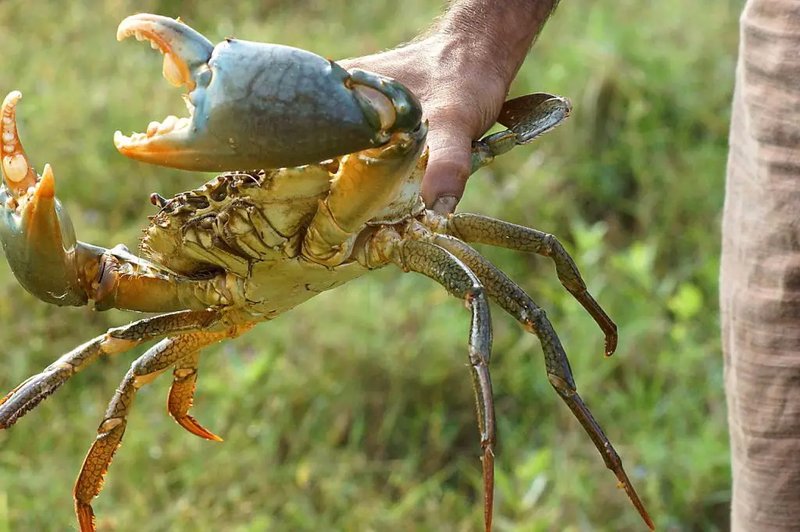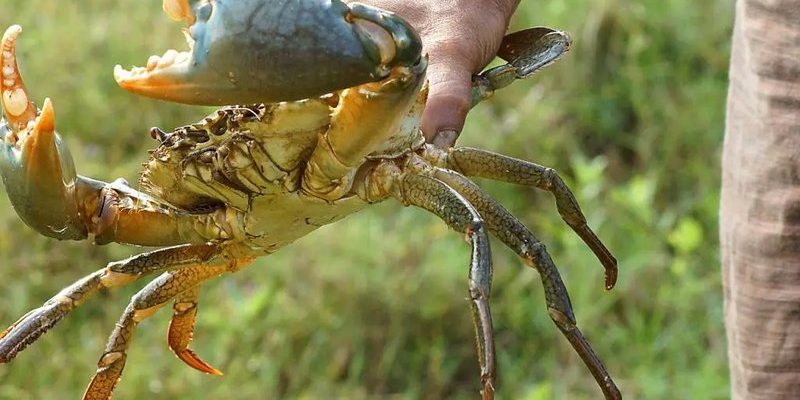
First, let’s clarify what we mean by “interact.” Are we talking about simply observing them in their natural habitat, or are we considering hands-on experiences, like fishing for them or even handling them in aquariums? Each interaction comes with its own set of rules and precautions. So, let’s crack this open, much like a king crab’s shell!
Understanding the King Crab’s Nature
When we mention king crabs, we’re usually referring to a few different species, with the red king crab being the most famous. They can grow up to 6 feet wide, which sounds more like a monster than a seafood delicacy! But what really matters is understanding how these creatures operate. King crabs are territorial and can be aggressive, especially if they feel threatened.
Imagine you’re in their world: you’d want to defend your space too! Their pincers are not just for show; they use them to catch food and protect themselves. So, if you’re planning to interact with them, it’s essential to approach with respect and caution. This doesn’t mean you should shy away from them, but it does mean you should be aware of their behaviors and habits.
King crabs are primarily found in cold waters, like those off the coasts of Alaska and Russia. They thrive in deep, icy environments, which is why they can be a bit temperamental—much like trying to get a cat to play when it’s in a grumpy mood. This environment shapes their behavior, which is vital to know before trying to interact with them.
When and Where to Interact with King Crabs
So, now that we’ve set the scene, you might be wondering about the best times and places to interact with king crabs. Most people encounter these creatures during crabbing seasons, which typically happen in the late fall and winter months. If you’re interested in fishing for them, planning your trip during this time increases your chances of a successful catch.
Most crabbing occurs in locations where king crabs are abundant. Popular spots include the Bering Sea and areas around Kodiak Island in Alaska. If you’re not into fishing, you might want to visit a local aquarium or marine center. Many aquariums have exhibits where you can safely observe king crabs up close or even participate in feeding sessions.
Interacting with king crabs in their natural habitat is best done with a guide or experienced crabbing enthusiast. They can teach you the ropes, from safely handling the crabs to understanding where to find the best fishing spots. Plus, having someone experienced by your side can make the whole experience way more enjoyable and less stressful!
Safe Interaction Tips
If you decide to interact with king crabs, keeping safety as your top priority is essential. Here are some key tips:
- Respect Their Space: Always give king crabs enough room. They can be aggressive if they feel cornered.
- Use Protective Gear: If you’re crabbing, wear gloves and sturdy footwear to protect yourself from pinches and sharp shells.
- Handle with Care: If you’re holding a crab, grasp it firmly, but not too tightly. Aim for the back of the shell to minimize the chances of getting pinched.
- Know the Regulations: Each area has specific rules about crabbing, including size limits and catch limits. Make sure to familiarize yourself with the regulations before your trip.
Honestly, ensuring a safe interaction with king crabs isn’t just about following rules; it’s about respecting these fascinating creatures. After all, they’re a vital part of the marine ecosystem, and learning to coexist is key.
The Benefits of Interacting with King Crabs
You might be asking, “Why should I even bother?” Well, interacting with king crabs can be an enriching experience! For one, it can deepen your appreciation for marine life. Observing how they move, eat, and behave in their environment helps you understand their importance in the ecosystem.
Additionally, crabbing can be a fun family activity or a great way to spend time with friends. Sharing the experience of catching a king crab can create lasting memories, even if it’s just a day spent on the water. There’s something thrilling about reeling in a large crab and the satisfaction that comes with preparing a fresh dinner afterward.
Moreover, for those interested in marine biology or conservation, hands-on experiences with king crabs can spark a passion for marine life. Understanding their role in the ecosystem encourages sustainable practices and promotes awareness of conservation efforts.
Common Misconceptions About King Crabs
Let’s tackle some myths! A common misconception is that king crabs are dangerous to humans. While it’s true that they can pinch hard, they generally don’t pose a threat if treated with respect. Just as you wouldn’t poke a bear with a stick, you wouldn’t want to provoke a crab.
Another myth is that king crabs are always aggressive. In reality, they can be quite cautious. When approached gently, they may retreat or even remain still. They respond to calm movements, which can make for a much safer interaction.
Lastly, many believe that crabs only live in saltwater. While king crabs thrive in saltwater, some crab species can adapt to brackish or even freshwater environments. Learning about these differences can enhance your overall understanding of marine life!
Final Thoughts on Interacting with King Crabs
In conclusion, interacting safely with king crabs is all about preparation, respect, and understanding their nature. Whether you’re fishing in the chilly waters of Alaska or observing them in an aquarium, your approach matters. Always prioritize safety and respect their territory, and you’ll find that these incredible creatures can be both fascinating and safe to interact with.
Next time you’re at the beach or planning a fishing trip, consider exploring the world of king crabs. With the right mindset and precautions, it can be an unforgettable adventure. Happy crabbing!

